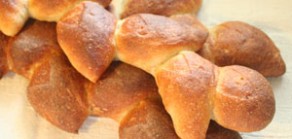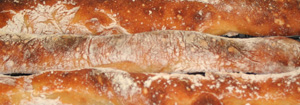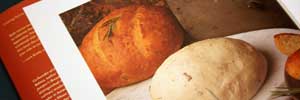 If you ever want to make your house smell absolutely awesome, make this bread. Even during the dough building process, this was absolutely wonderful. While baking, it’s to die for.
If you ever want to make your house smell absolutely awesome, make this bread. Even during the dough building process, this was absolutely wonderful. While baking, it’s to die for.
And that’s just the aroma.
This is my second run at this bread, the first happening a fair while back, before I got into the whole documenting step-by-step thing. You can read that older post here.
I’ve also skipped ahead a few breads as far as The Bread Baker’s Apprentice Challenge goes; no big impressive reason except I had some extra mashed potatoes from dinner yesterday and decided to just hop over Poolish Baguettes #26 and Portuguese Sweet Bread #27. We’ll get to those next.
So let’s get the show on the road here…
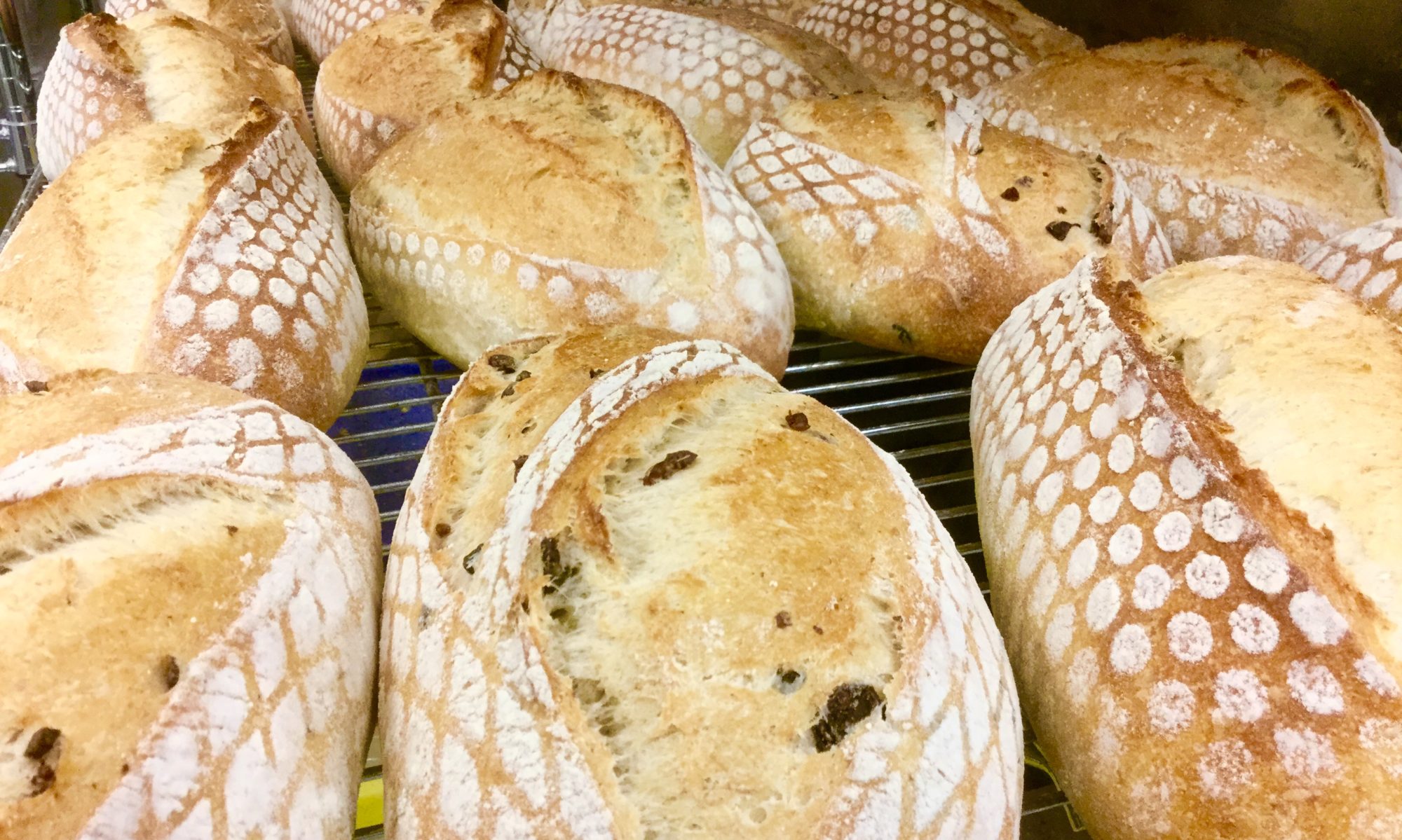

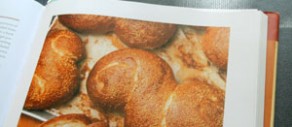
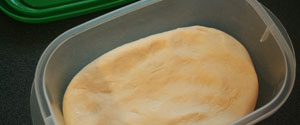 Pâte Fermentée is one of the basic pre-ferments used in bread making and it refers to a dough that is made before the bulk of the main bread dough is put together and allowed to mature or ferment.
Pâte Fermentée is one of the basic pre-ferments used in bread making and it refers to a dough that is made before the bulk of the main bread dough is put together and allowed to mature or ferment.